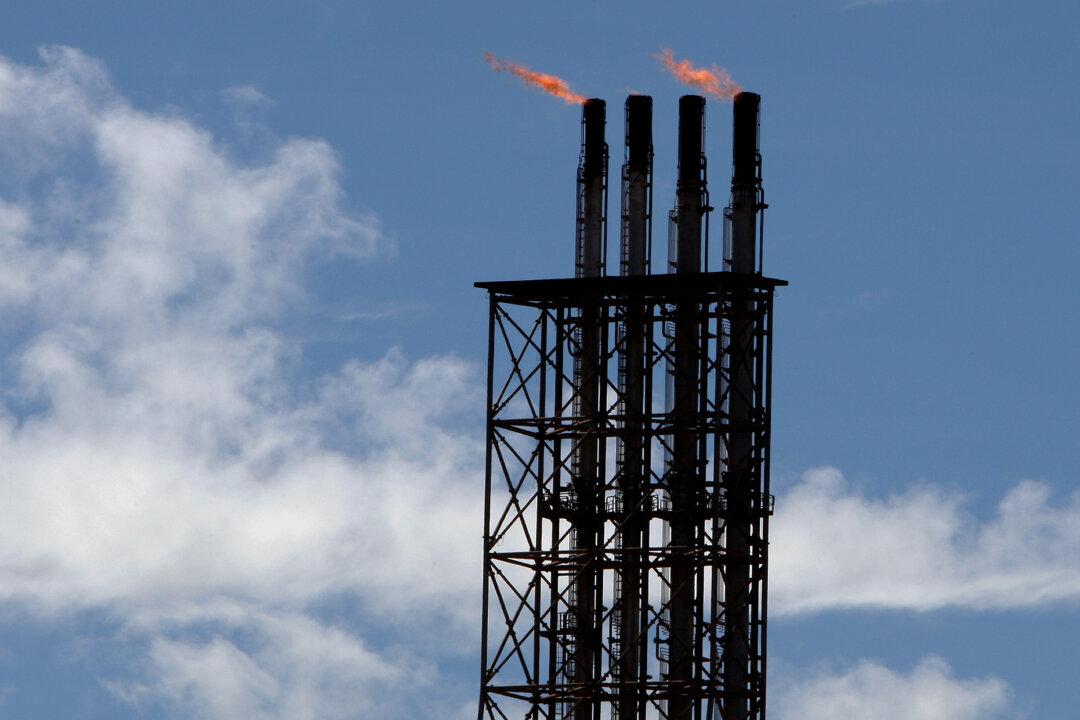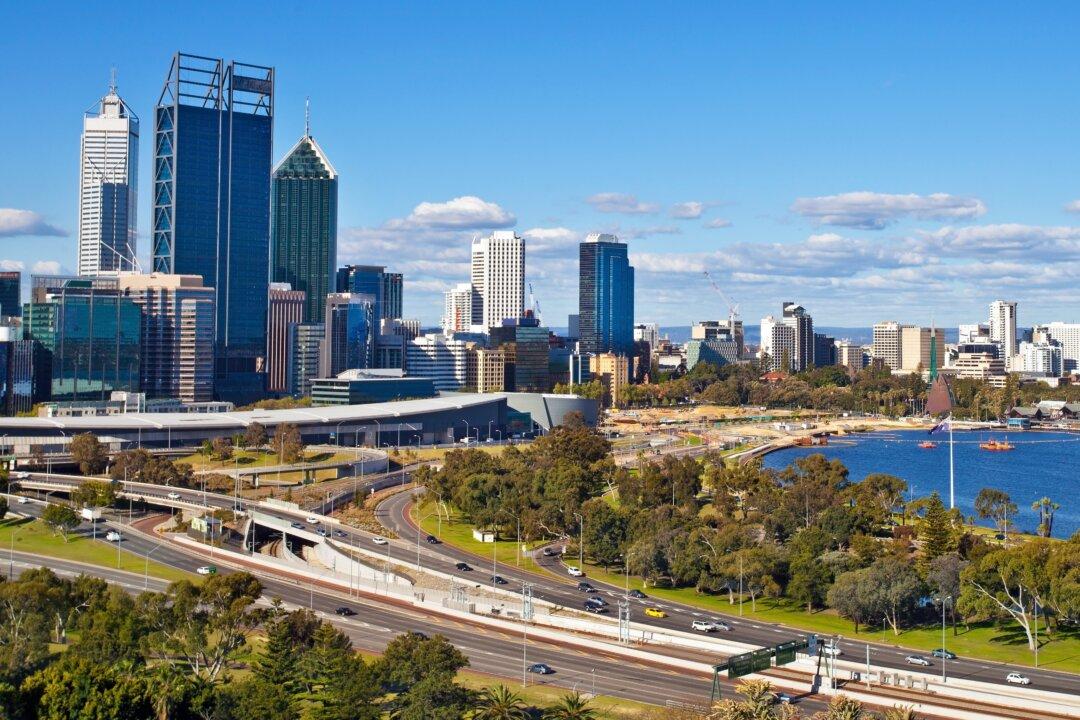The Australian Competition and Consumer Commission has once again warned that Australia’s gas outlook from 2022 onwards will remain increasingly tight unless steps are taken to bolster domestic supply.
A report by the ACCC outlined that South Australia, New South Wales, Victoria, and Tasmania will all see demand for gas exceed available supply, prompting the need to redirect gas from other parts of the country.





